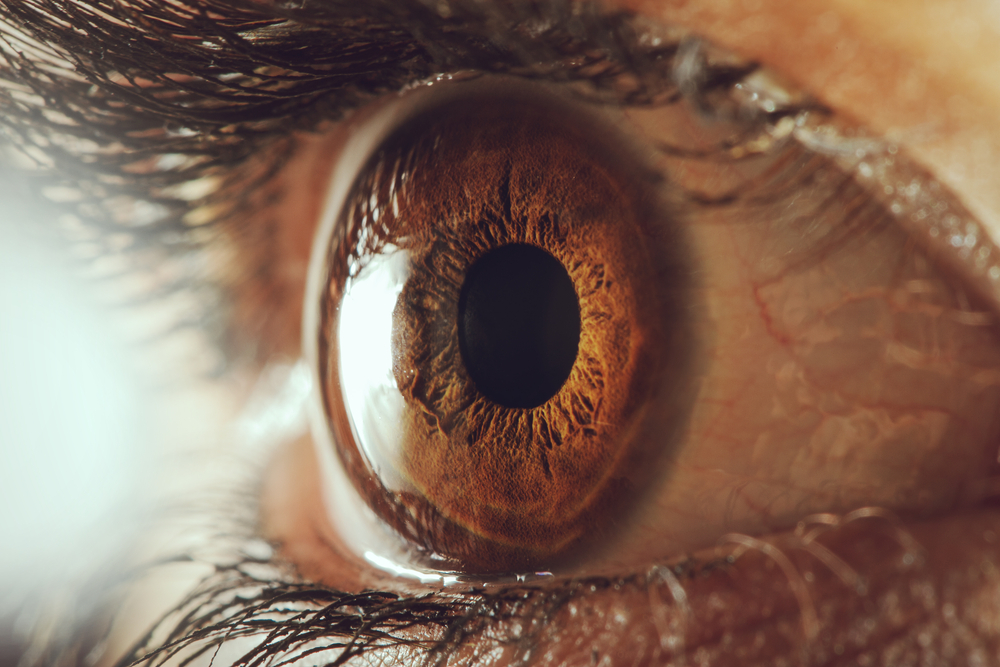Rare Case of Gaucher Patient with Eye Lesions Despite Enzyme Replacement Therapy Reported
Written by |

Researchers described the case of a patient with Gaucher Disease type 3 (GD3), who developed eye lesions despite long-term enzyme replacement therapy (ERT). In light of such findings, they recommend that thorough ophthalmic assessment be included in the annual examinations of patients with GD3.
The case report, “The appearance of newly identified intraocular lesions in Gaucher disease type 3 despite long-term glucocerebrosidase replacement therapy,” was published in the Upsala Journal of Medical Sciences.
Gaucher disease, caused by mutations in the GBA1 gene that lead to insufficient activity of the lysosomal enzyme glucocerebrosidase, is a clinically diverse condition. Three types of GD have been established, based on the absence (type 1) or presence (types 2 and 3) of central nervous system symptoms and the development of clinical signs.
Among neurologic symptoms, intraocular manifestations such as corneal clouding, retinal lesions, and vitreous opacities, have been reported in GD type 3, but have not been fully characterized. Intraocular lesions in patients with GD3 under enzyme replacement therapy (ERT) are thought to be extremely rare.
Researchers reported what they believed to be the first published study of the occurrence and natural progression of retinal and preretinal lesions in a patient under long-term ERT. The 26-year-old Polish man was diagnosed with GD at the age 3, and started intravenous ERT with recombinant glucocerebrosidase at 8, when such treatment became available in Poland.
At age 23, lesions located in different areas of the eye were identified through optical coherence tomography (OCT) in the preretina, intraretinally in the nerve fiber layer, and in the vitreous body (the gel-like fluid inside the eye). A follow-up OCT examination, done three years later, found no significant progression in the lesions.
“Our case report highlights the fact that OCT is helpful in the follow-up of intraocular lesions detected in patients with GD3. Further studies are needed to explain better the nature and clinical course of these changes. It would be especially valuable to know whether or not these intraocular findings have any predictive value in the context of neurologic and skeletal progression in GD3,” the researchers concluded.


